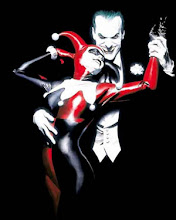I had three lessons with Ikaika this two weeks in California. We looked at Waltz and Foxtrot.
Waltz.
1. We looked at a small amalgamation:
Foxtrot
1. The frontal plane is non negotiable: Keep both side toward partner, especially in the rotational steps, since there is always a tendency to peel off one side.
2. Feather step: when Damien told me to step side to cut off partner. He was trying to make sure that my right side doesn't peel off.
3. Feather finish:
a. feel like anchoring on the left foot at the end of the first step.
b. step straight forward on the second step, turn at the end. (there is room for style differences on this)
c. Make sure that when the left foot passed the right foot on the last step, the right foot heel is down already. There is not foot rise in Foxtrot, so all the passing steps has TH TH.
'4. On the back lowering steps (Eg, last step of feather), don't try to bend the hip excessively out of context. ( This is consistant with what Ieva was saying that I was sitting back)
Waltz.
1. We looked at a small amalgamation:
Foxtrot
1. The frontal plane is non negotiable: Keep both side toward partner, especially in the rotational steps, since there is always a tendency to peel off one side.
2. Feather step: when Damien told me to step side to cut off partner. He was trying to make sure that my right side doesn't peel off.
3. Feather finish:
a. feel like anchoring on the left foot at the end of the first step.
b. step straight forward on the second step, turn at the end. (there is room for style differences on this)
c. Make sure that when the left foot passed the right foot on the last step, the right foot heel is down already. There is not foot rise in Foxtrot, so all the passing steps has TH TH.
'4. On the back lowering steps (Eg, last step of feather), don't try to bend the hip excessively out of context. ( This is consistant with what Ieva was saying that I was sitting back)
